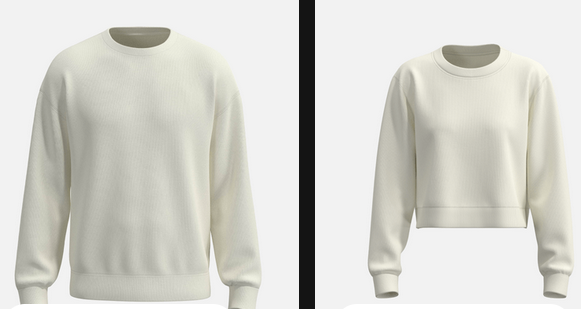
Bridging Tradition and Modernity in Textile Production
Within the huge landscape of the fashion industry, clothing manufacturers perform a critical function, serving as the foundation from the overall offer chain. These organizations are accountable for getting design models to life, modifying sketches and principles into concrete garments that populate our cabinets and outline our variations. From haute couture to mass-generated apparel, clothing manufacturers function across a variety, serving varied trading markets and customer tastes.
One of several key characteristics of clothing manufacturers is usually to connection the gap between creative designers and customers. They translate artistic visions into reality, employing a combination of skilled labour, technological know-how, and substance locating. Whether it’s a compact-scale specialist or perhaps a global trend brand name, manufacturers modify their methods to match the certain demands and requirements with their customers.
The production method typically starts off with layout growth and design generating, exactly where developers work together with producers to improve their concepts and make prototypes. After styles are completed, the manufacturing facility springs into activity, procuring natural resources for example materials, trims, and embellishments. Present day producers often prioritize sustainability and ethical sourcing, seeking to reduce environment affect and promote honest labour techniques during the entire provide chain.
Creation lines buzz with action as skilled personnel reduce, sew, and construct apparel with precision and experience. Quality management procedures are carried out at each and every period to make certain that done products fulfill strenuous requirements for in shape, building, and aesthetics. Innovative technological innovation like digital routine slicing and automatic sewing models have transformed the producing procedure, enhancing productivity and regularity while minimizing guide times.
Along with producing clothes for external clientele, some manufacturers function their own manufacturers or work together with designers to produce special series. This vertical incorporation permits greater power over production plans, top quality certainty, and brand placement available on the market.
Regardless of the attraction of automation, the human aspect stays core to clothing production. Experienced artisans imbue each and every outfit with quality and awareness of fine detail, introducing a little artistry to mass production. From busy industrial facilities in urban centres to cottage industries in countryside communities, clothing manufacturers give rise to economical growth and job opportunities world wide.
Essentially, clothing manufacturers are the unsung heroes of the fashion community, modifying concepts into concrete expression of fashion and personal-concept. Their devotion to craftsmanship, development, and sustainability ensures that the threads of fashion carry on and weave a rich tapestry of creativity and traditions for years into the future.


